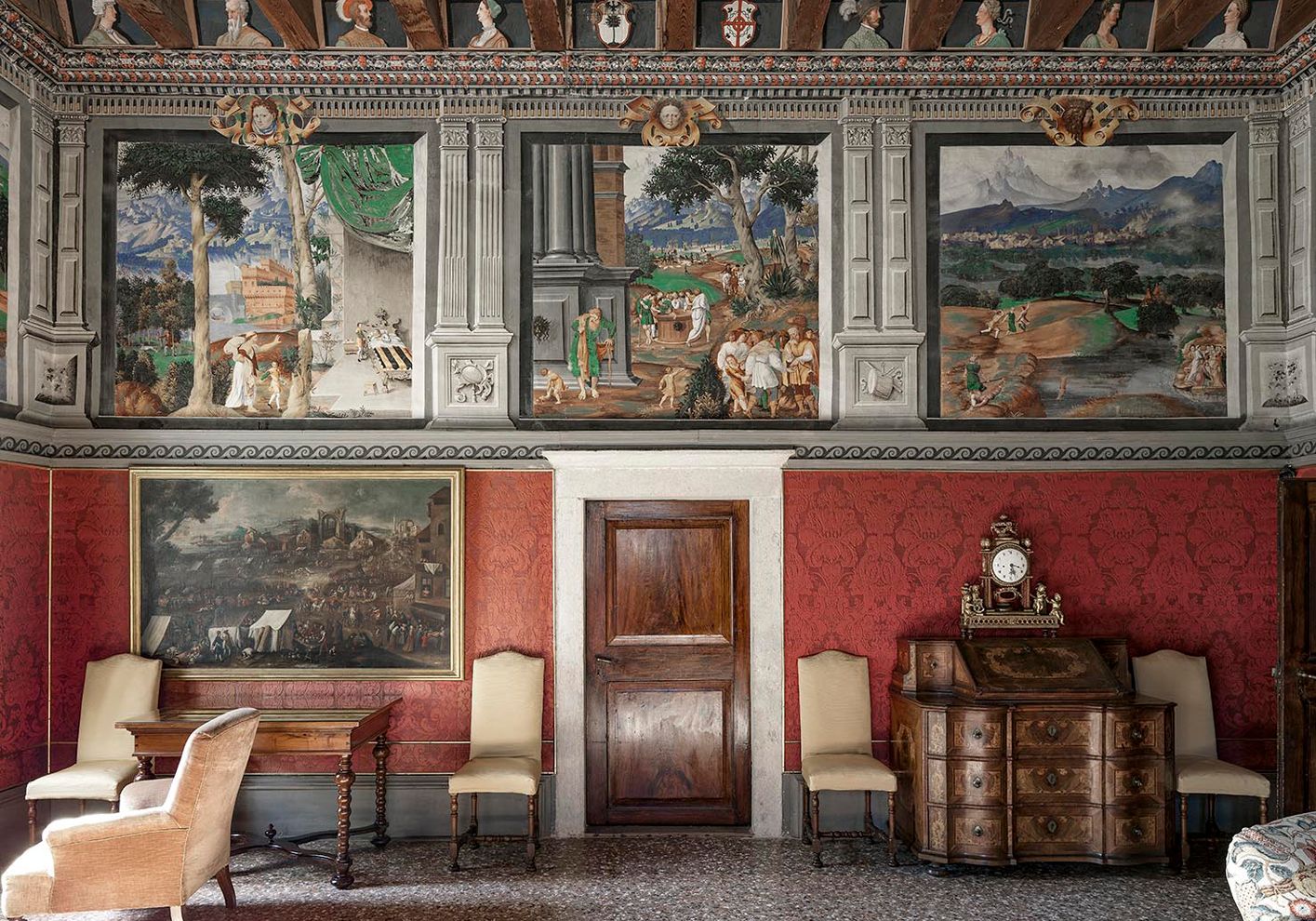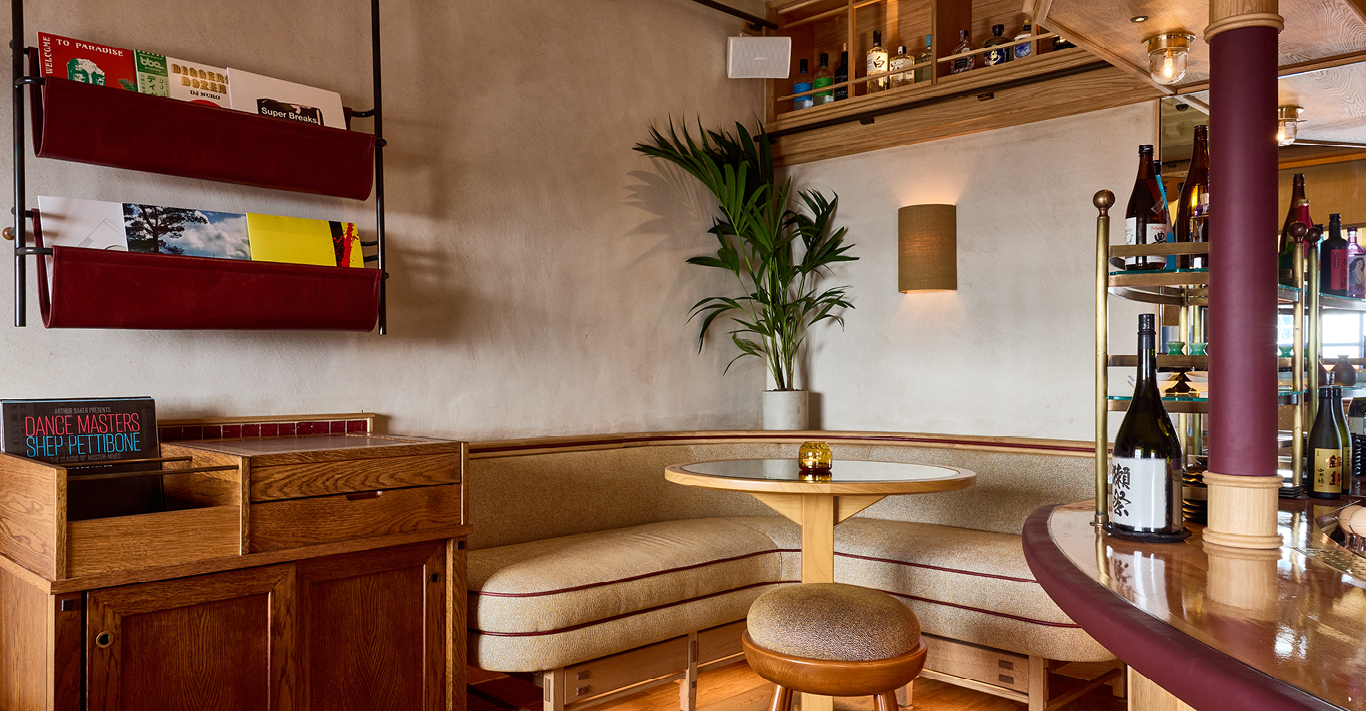WORDS
Peter Howarth
‘The first thing we often have to say is it has nothing to do with the car,’ says Camilla Lunelli, who, with her brother and two cousins, runs Ferrari Trento, the premium Italian sparkling wine company.
It’s an easy mistake to make, given that since 2021 Ferrari Trento has been the “Official Toast of Formula 1” with its jeroboams sharing the podium with the three winners of each race.
But, as Lunelli points out, it was a different Ferrari – Giulio, not Enzo – who founded this wine company in Northern Italy in 1902, before her grandfather took it over in the ’50s.
The F1 connection predates the recent deal, though. Lunelli’s uncle was indeed a friend of Enzo Ferrari, who even flirted with investing in the business, apparently tickled by the shared nomenclature, and because of this Ferrari Trento was seen on the podium in the ’80s at the Italian Grand Prix at Monza, the spiritual home of the prancing horse’s fanatical fans, the Tifosi.
While in Italy the Trentodoc appellation (of which Ferrari Trento is the most famous and largest producer) is well known, abroad it is still something of a connoisseur’s choice. How renowned it is at home is attested to by its presence at key national cultural moments – the official sparkling wine of the Italian Pavilion at the Expo in Milan, 2015, the official wine for the 150th anniversary of Italian Unity, the wine at the entertaining Casa Italia space at the Olympic Games and football World Championships.
And it recently won Sparkling Wine Producer of the Year at the Champagne and Sparkling Wine World Championships. For the sixth time.
‘Trentodoc is sparkling wine made using the traditional method, fermenting the wine in the bottle,’ explains the head of winemaking at Ferrari Trento, Cyril Brun. He is relatively recent in the role and comes from making champagne in the same way for a famous house in France. As he shows me around the facility during harvest, he explains how the different wines made here (all sparkling, but with different complexities of taste) require various lengths of time to ferment and employ different grape varietals.
I get to see these grapes first-hand on a walk through the nearby vineyards. They’re on the slopes of the mountains of the region, and are distinctively alpine in character. Luca Cavallaro, who looks after the viniculture here, explains how the vineyards encourage biodiversity by being planted with flowers and hosting beehives. ‘The French talk of the importance of the soil, but we see the key as the climate,’ he says. ‘Here we get diurnal shifts in temperature, from cool nights to hot days, and this is what is key to the taste of our grapes.’
Interestingly, Lunelli explains that the mountains are also providing insurance for Ferrari Trento’s future. ‘With global warming, what is at risk is the acidity that is so essential to sparkling wine. Our solution is to plant higher up on the slopes. French champagne houses cannot do this so some of them are having to buy land in more northern climates, like in England!” This is said almost incredulously, as if the whole point of champagne is that it is French.

The whole point of Trentodoc, on the other hand, is that it is Italian. And you couldn’t get any more Italian than the Villa Margon, the historic emblem of Ferrari Trento, a 16th-century building secluded among woodland within the vineyards. With its extraordinary frescoes and beautiful cloisters this house is where Lunelli’s family have spent summers for years and is used as a type of symbol for the Italianate nature of the business.
Another place that serves a similar function is down the road, the Locanda Margon restaurant, where Michelin-starred chef Edoardo Fumagalli cooks meals that are paired with Ferrari Trento wines. The food is extraordinary – a salmon dish resembling a giant carrot, and amuse-bouche “cigars” made from potato peel wrapped around fresh goat’s cheese with aromatic herbs and served in ashtrays with toasted onion ash. It sounds bizarre but tastes delicious, and course after course comes with the appropriate Ferrari bubbles.
Lunelli knows she has to educate people about Trentodoc as a category. Apart from the frustration of needing to explain that she is not running an automotive spinoff, another is that many think that Italian sparkling wine is prosecco, which is a wholly different and less premium category, and made in a different way, fermenting the wine outside the bottle.
In order to explain the nuance and culture surrounding this century-old winemaker, Lunelli now offers what she calls the tour of the “Bello e Buono” – the beautiful and the good – which is what I have experienced: a tour of the villa, vineyards and winery, and a meal at the restaurant. At the end of which you are in no doubt as to the pedigree of Ferrari Trento.
‘We had a president of the Italian Republic called Sandro Pertini back in the ’80s, and one day he said, “Why are we serving visiting dignitaries French champagne? I want to serve Italian sparkling wine.” And he chose Ferrari.’ Of course he did.





